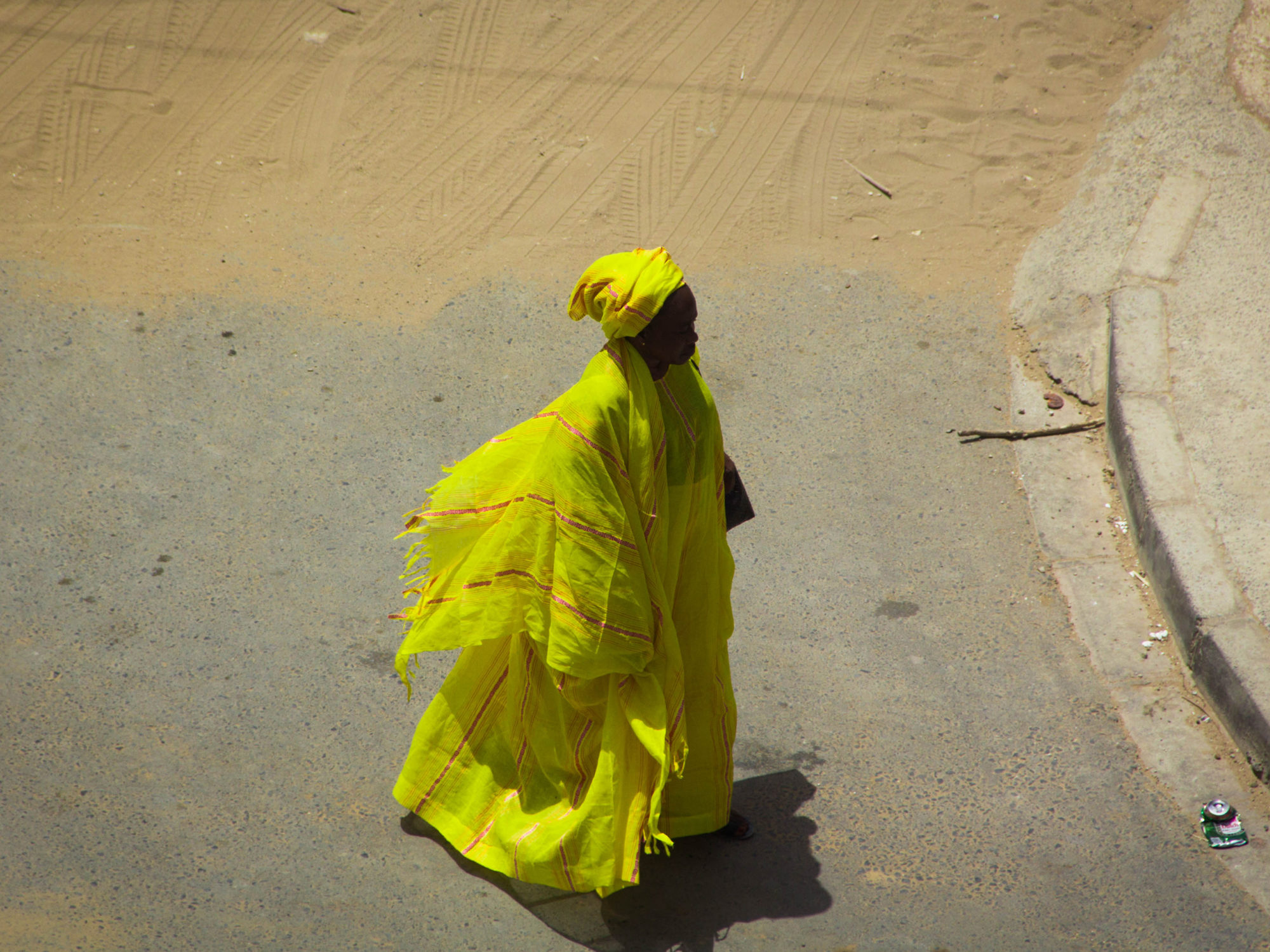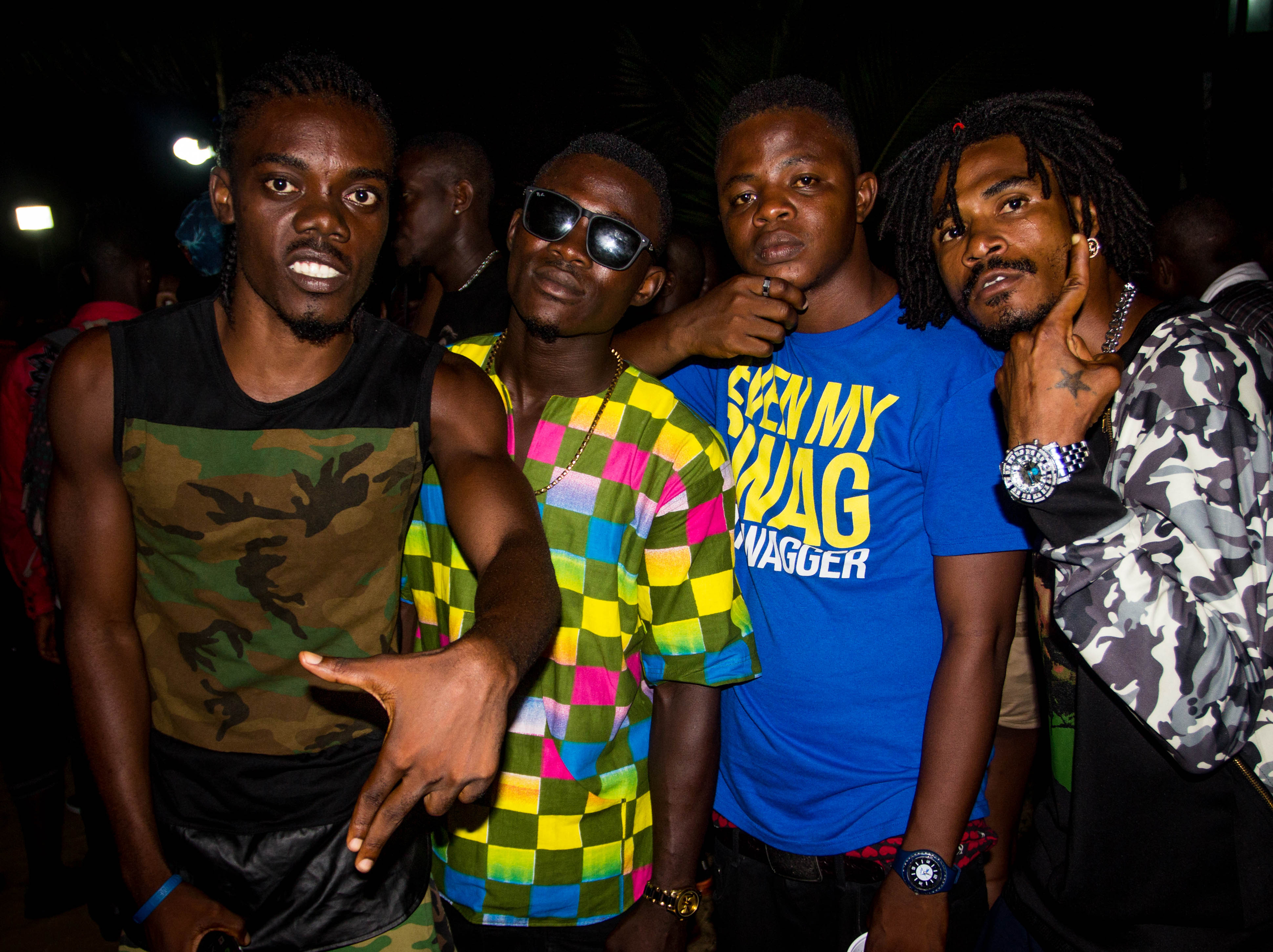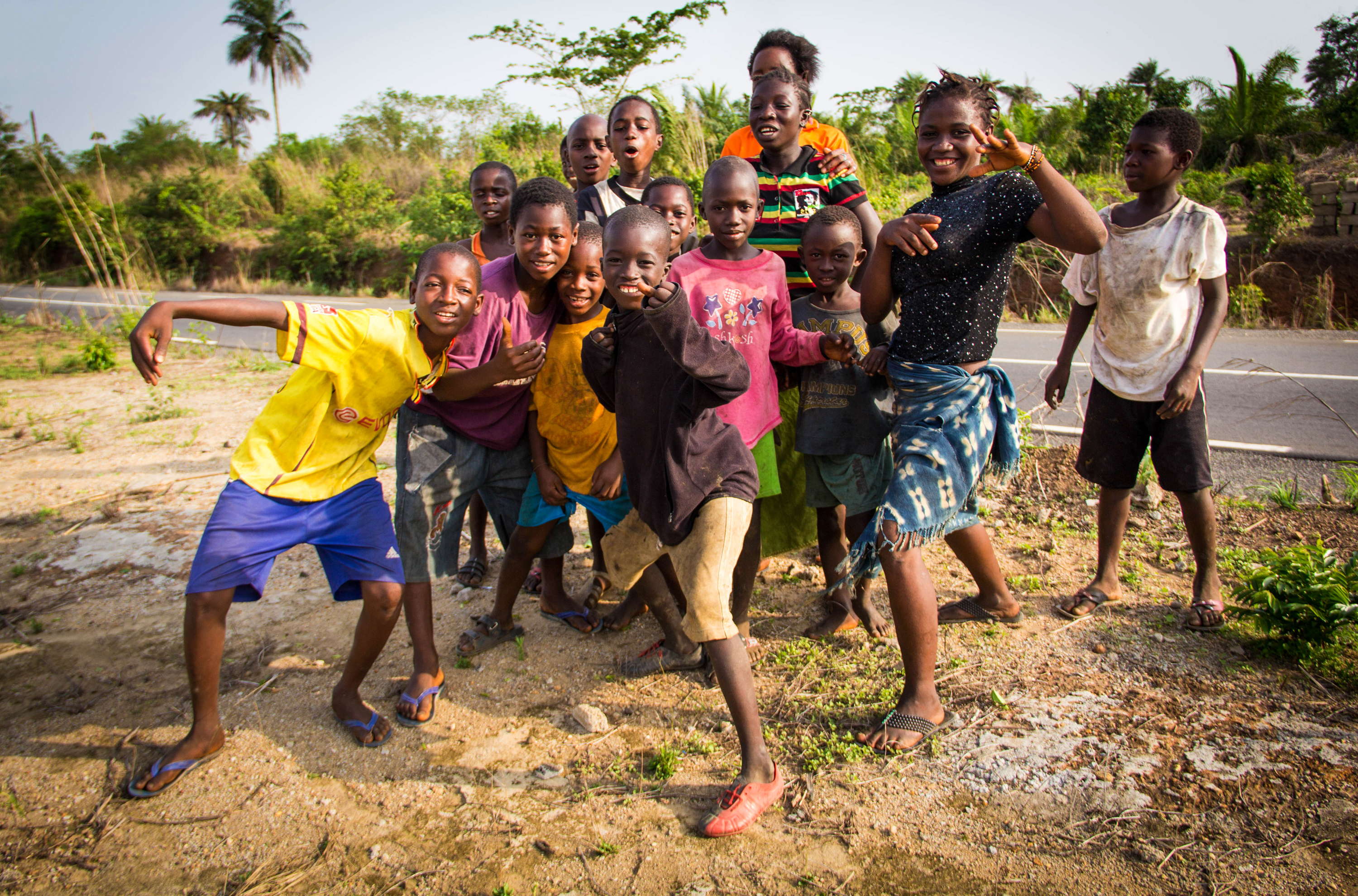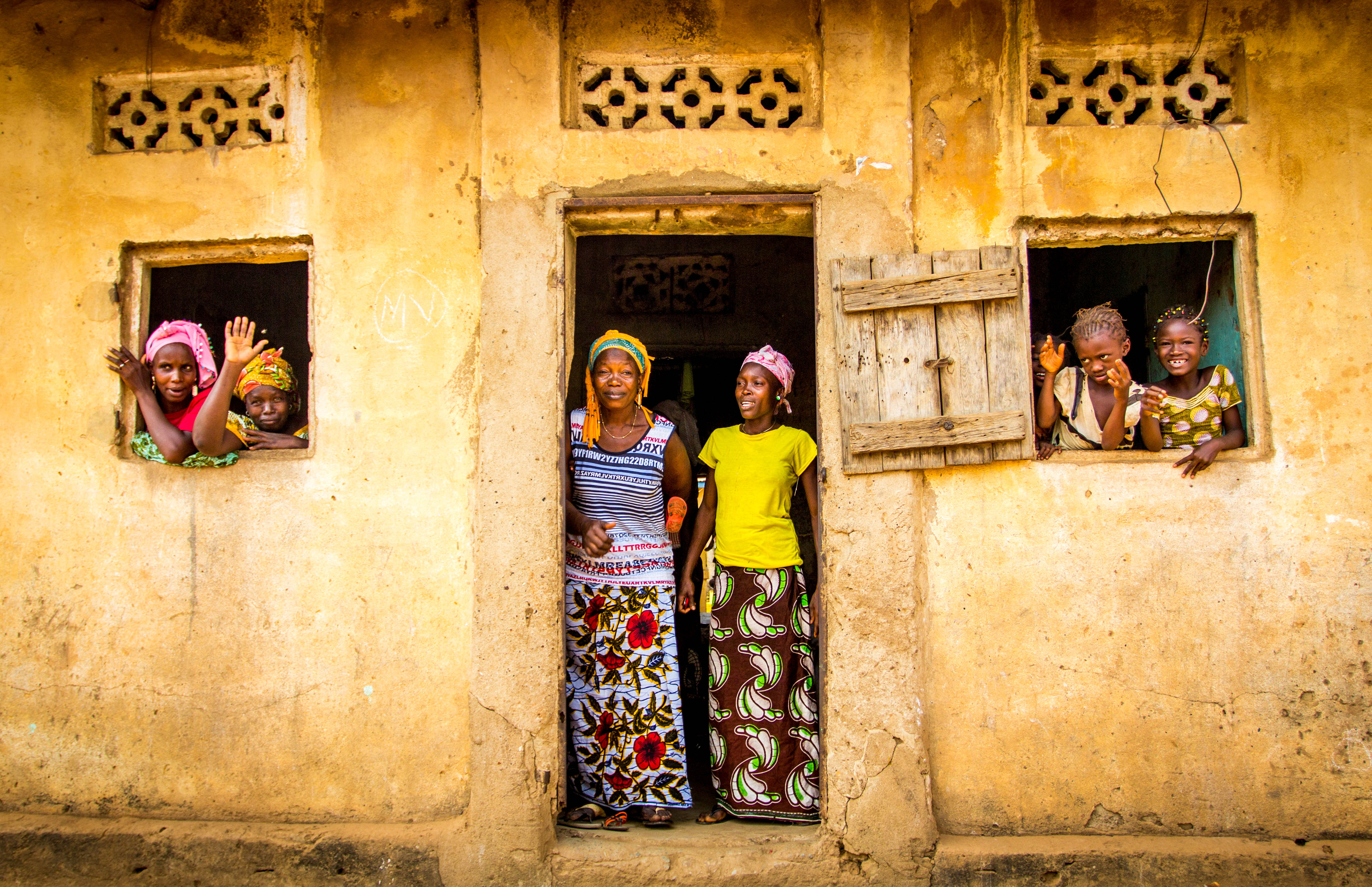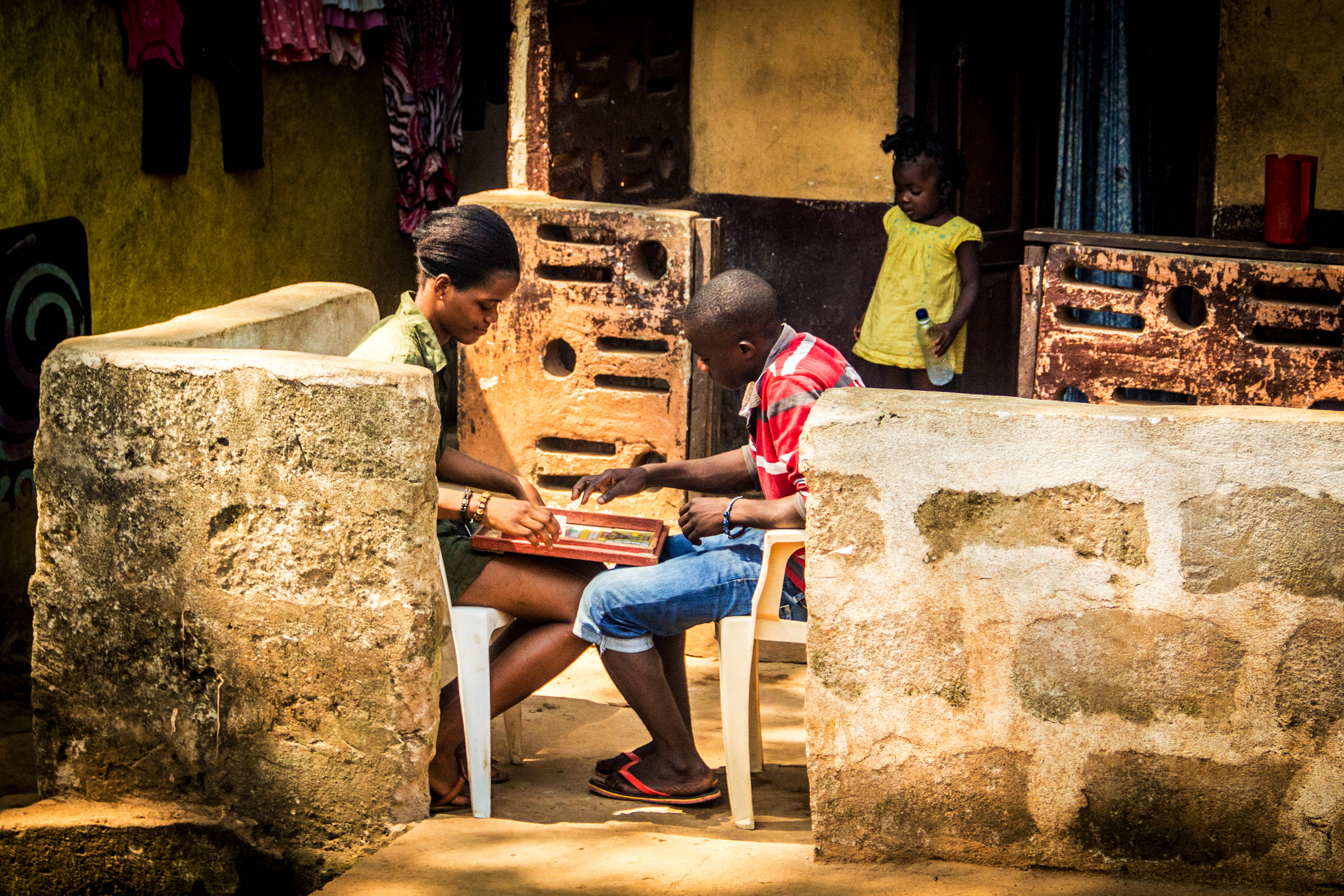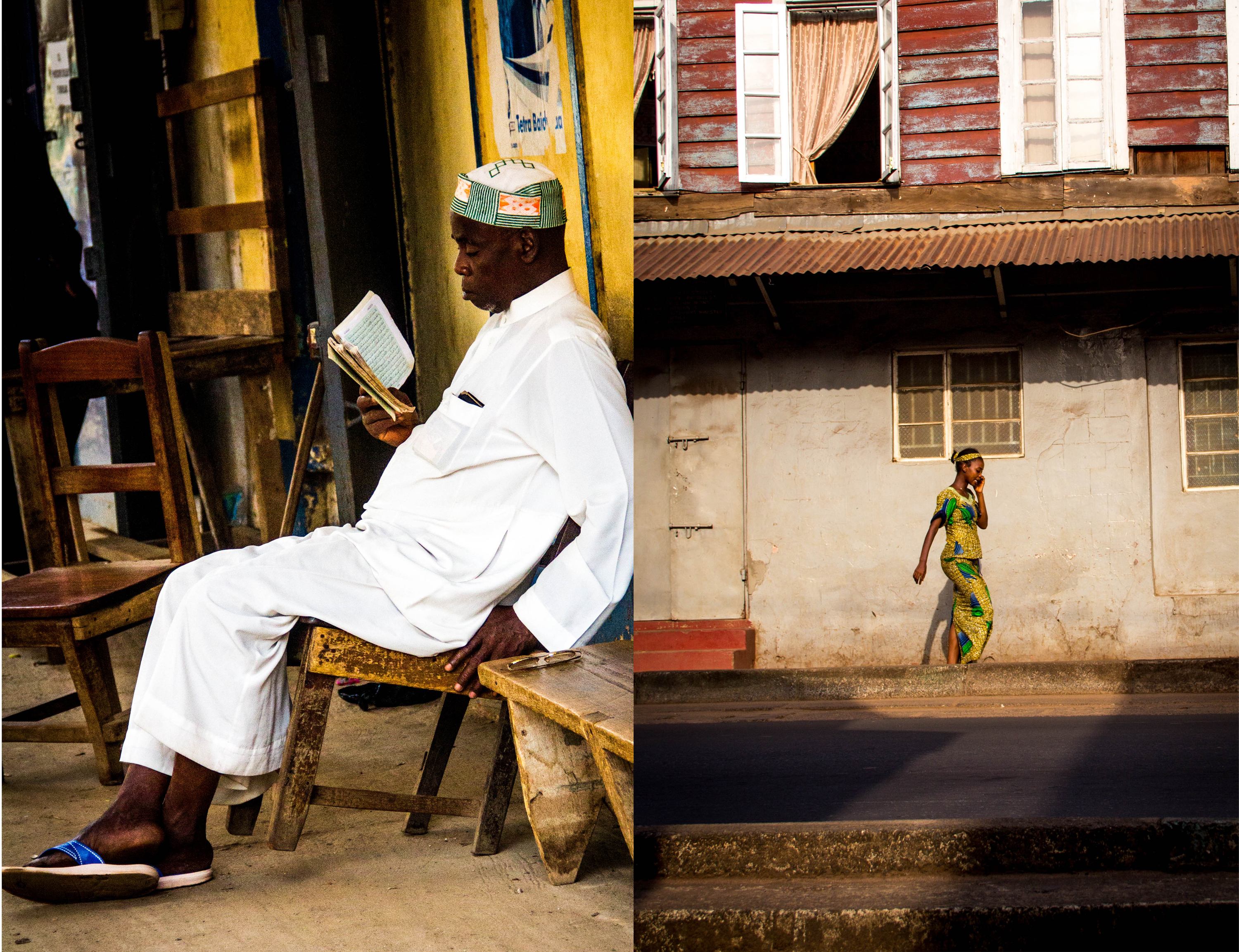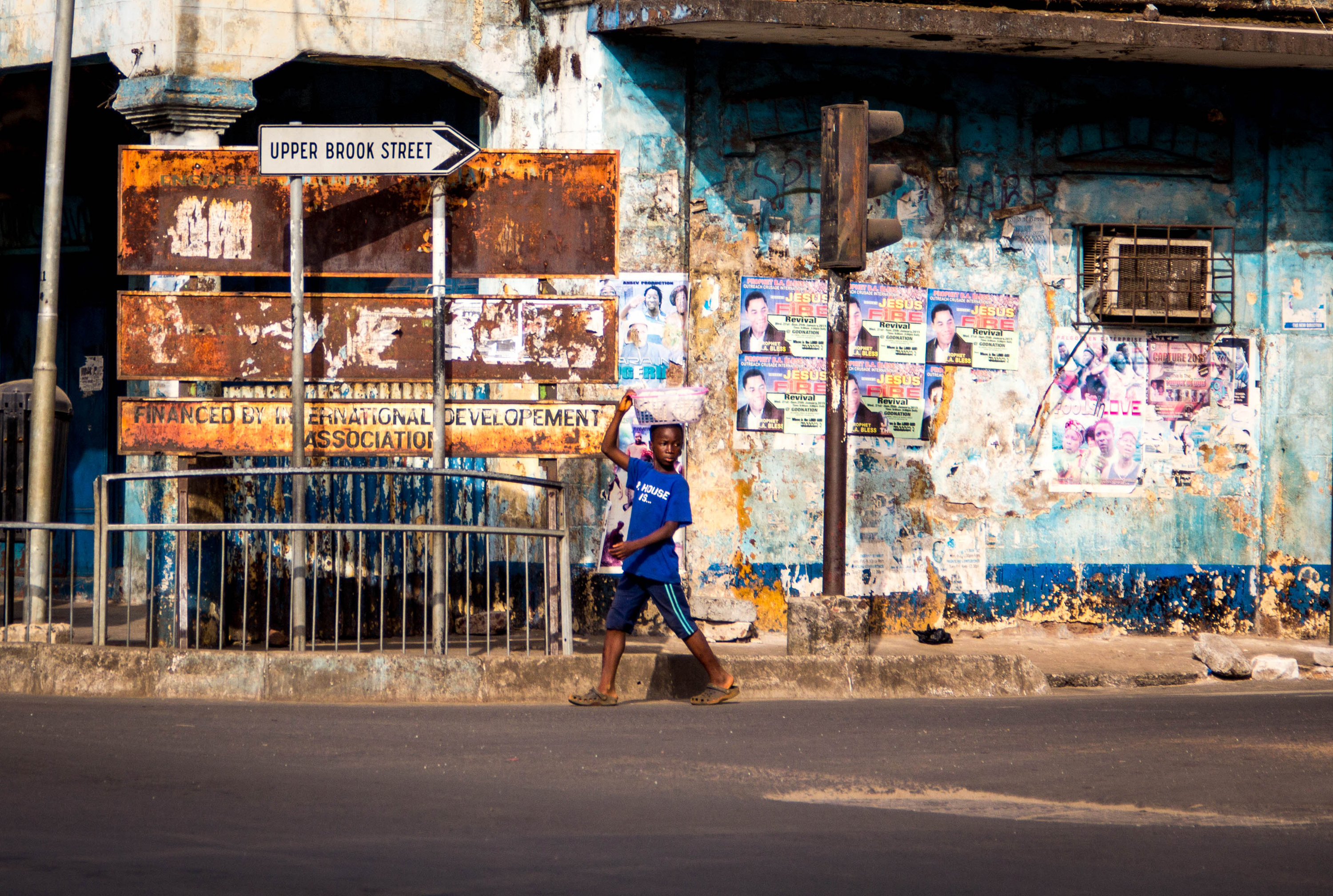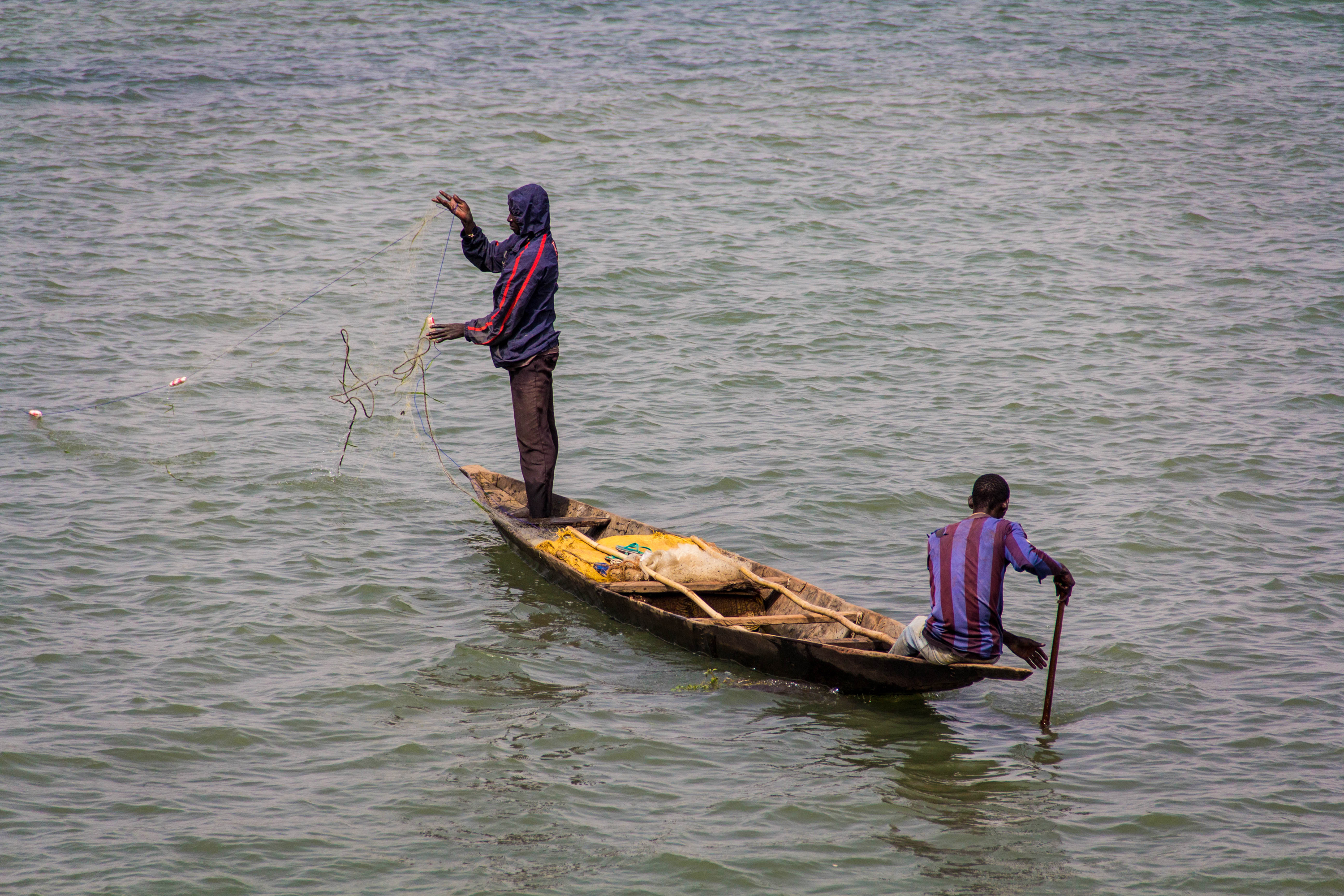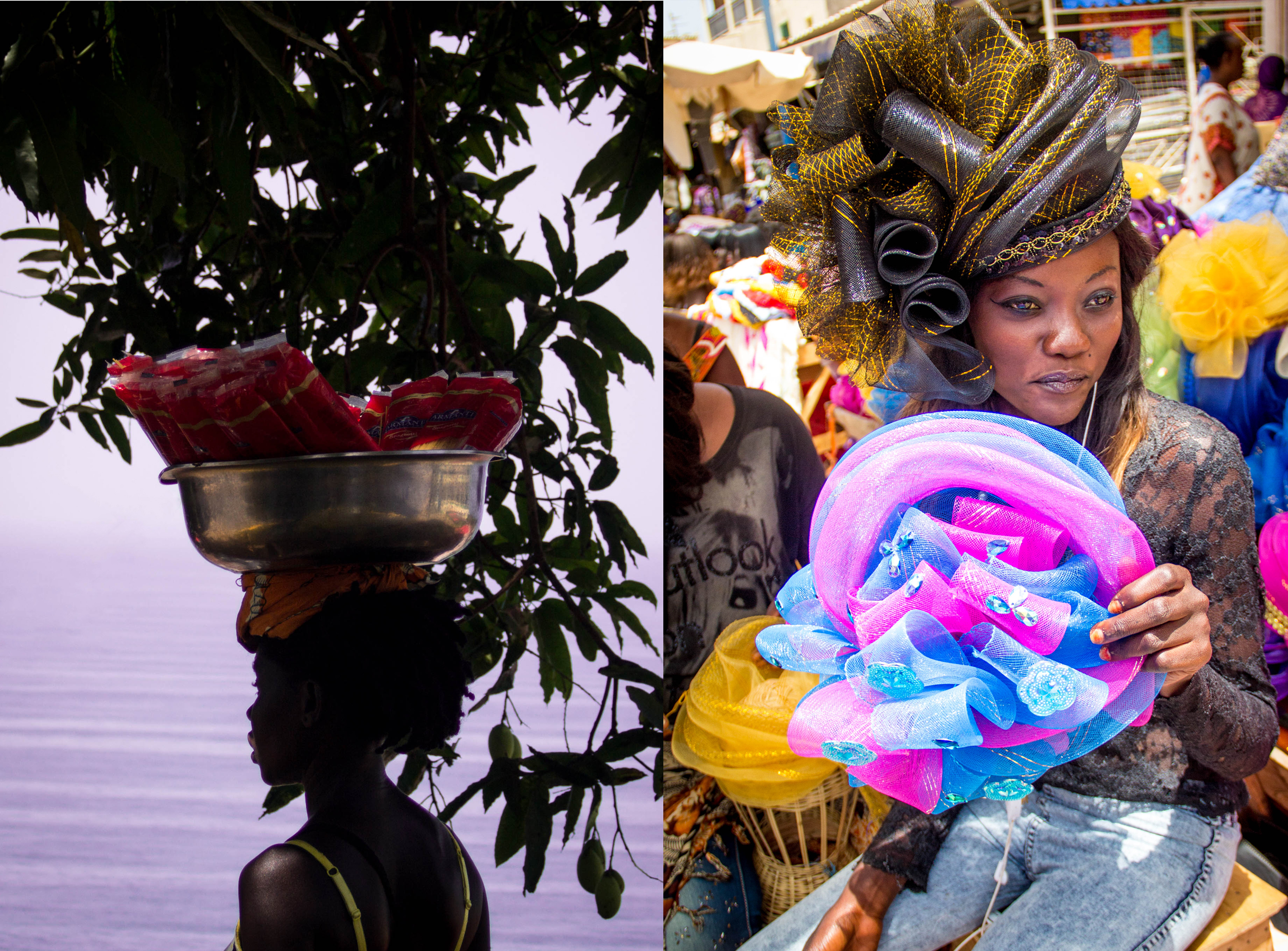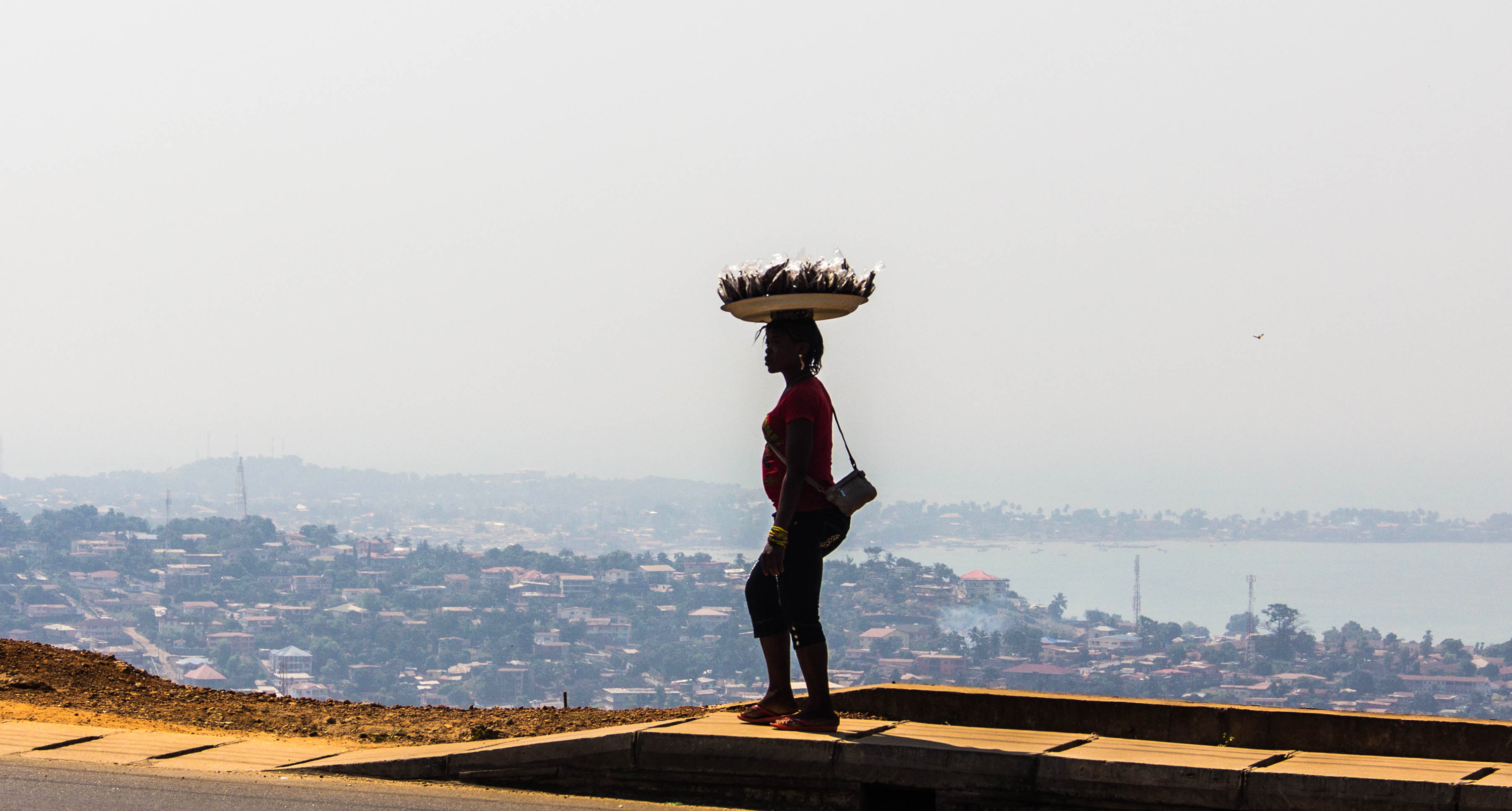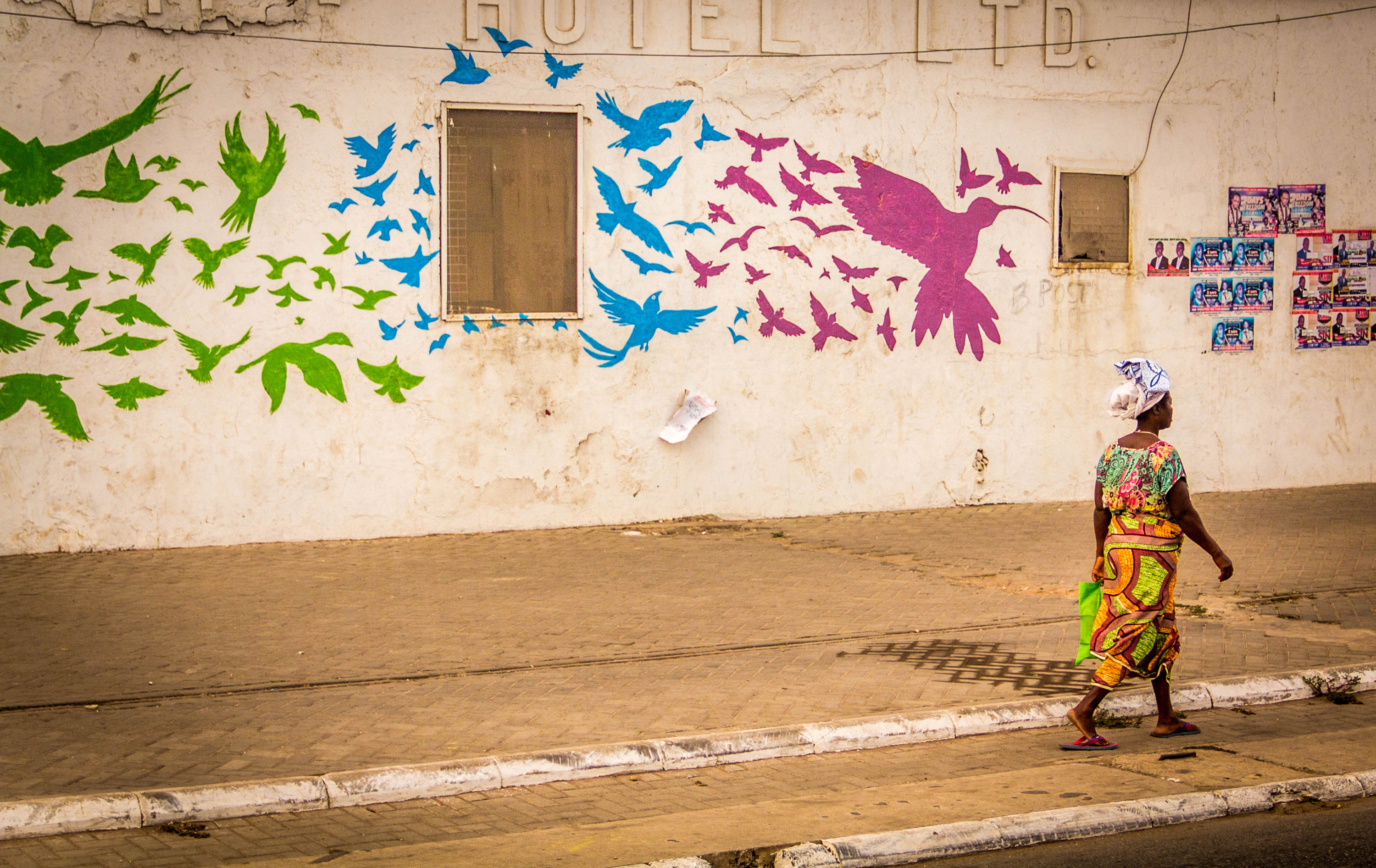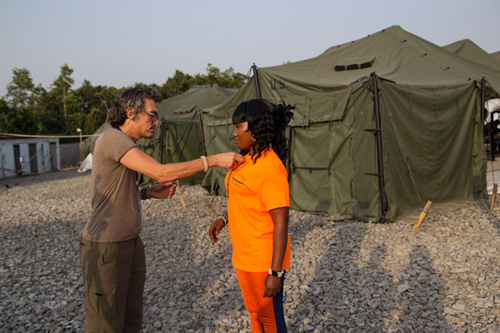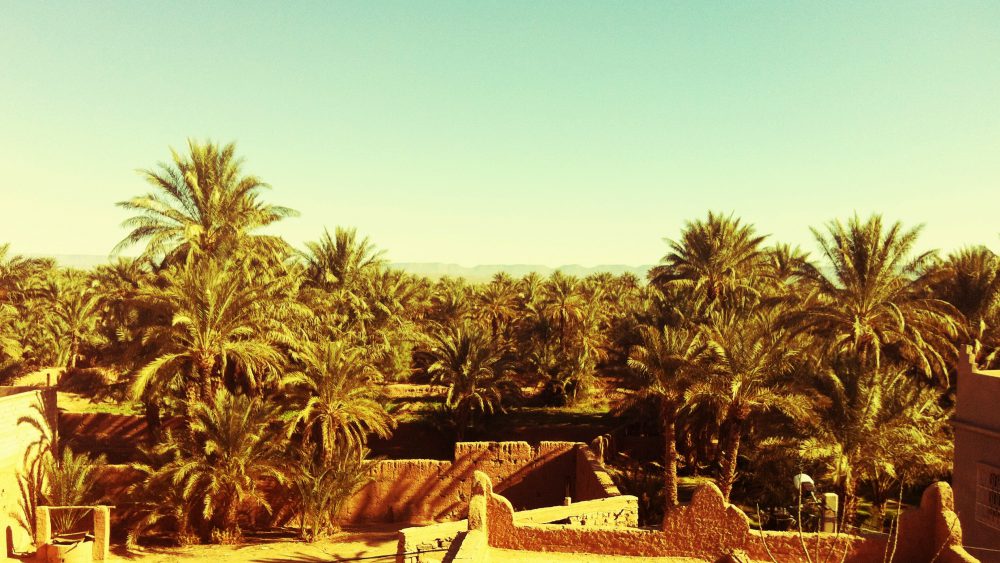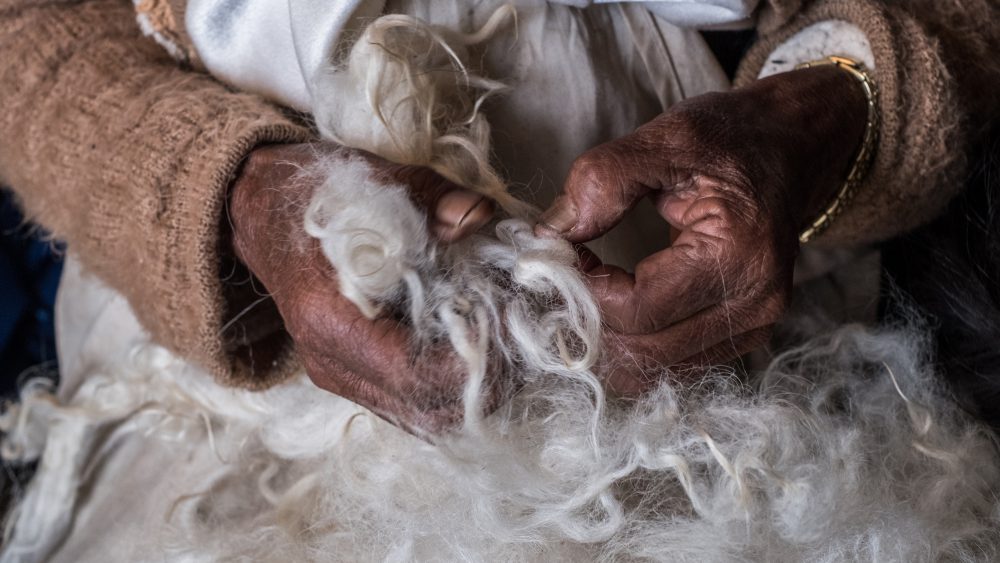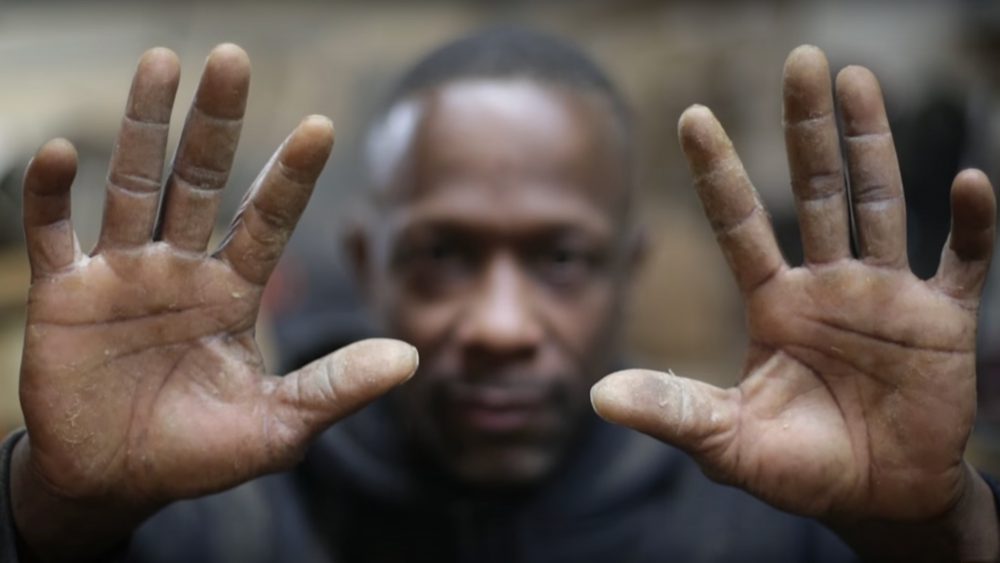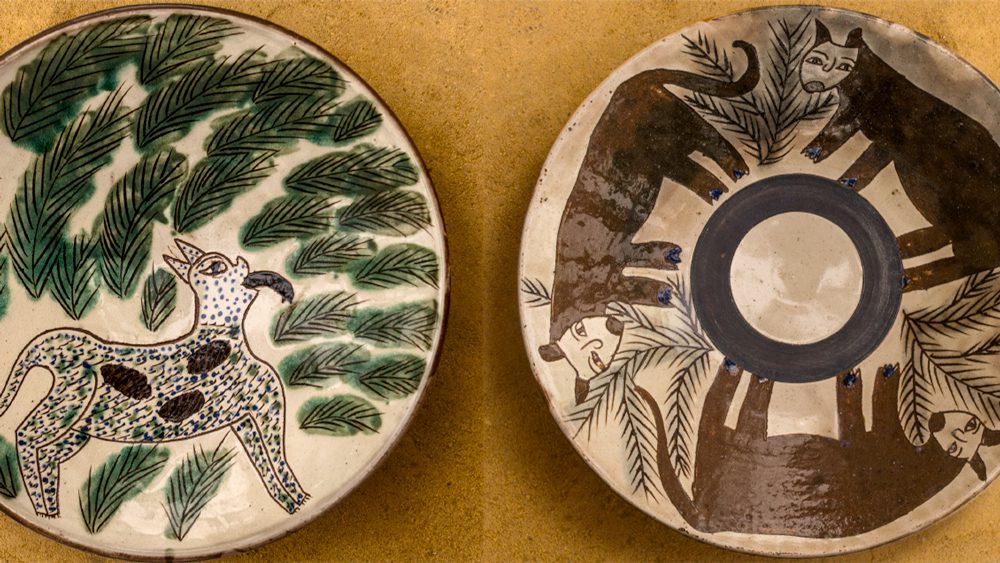While on assignment in West Africa, I often joked that if not for the extreme poverty, deadly diseases and the occasional civil war, this place could be paradise. Dark humor aside, the truth is that after six months in the region, I know I will never forget the people and landscapes of this long-suffering and forgotten corner of the planet.
Producing news video content for the United Nations Ebola mission, I covered every aspect of the epidemic and documented the international response. What had begun with the mysterious death of a 2-year-old boy in Meliandou, a remote village in Guinea, had quickly spread, soon becoming the biggest Ebola Virus Disease (EVD) outbreak in history. Arriving at the height of the crisis, my job took me all over Guinea, Liberia and Sierra Leone, where the epidemic was raging, as well as to Senegal and Mali , which were also affected. Ghana, which remained Ebola free, was the coordinating center for the international response and was my home base for the first couple of months.
Ebola is a virus that preys on kindness—a human quality that is in high supply in West Africa—infecting mostly those who attend the sick as they come in contact with bodily fluids. Constantly on the move, I traveled almost daily from the political power centers to the most remote villages.
I spent my days in field hospitals, burial sites and the quarantined homes of the affected families. I followed contact-tracing and case-finding teams through towns and villages, sometimes literally chasing ambulances as they searched for suspected patients in seemingly impossible to find rural addresses. From presidential palaces and ministries to mud huts and overcrowded slums, my assignment gave me a unique perspective of what I soon found to be not only an admirably proud and resilient society, but also a beautiful, gentle and joyful people.
Perhaps as a counterbalance to the gravity of the subject matter I was covering for my assignment, in my free time I began pointing my camera in other directions, exploring aspects of people's daily life that had nothing to do with Ebola. In every crisis, be it war, natural disaster, or epidemic outbreak, after the initial shock, people fall back into a certain degree of normalcy.
This was no exception.
In my pictures, I purposely started avoiding photographing those elements that had come to define the epidemic. Chlorine water buckets, Thermoflash thermometers and the Personal Protective Equipment (PPE) worn by health workers, so ubiquitous in the international press, are nowhere to be seen in my work.
Instead I began to focus on those things that in my eye mark the true essence of the people of West Africa.
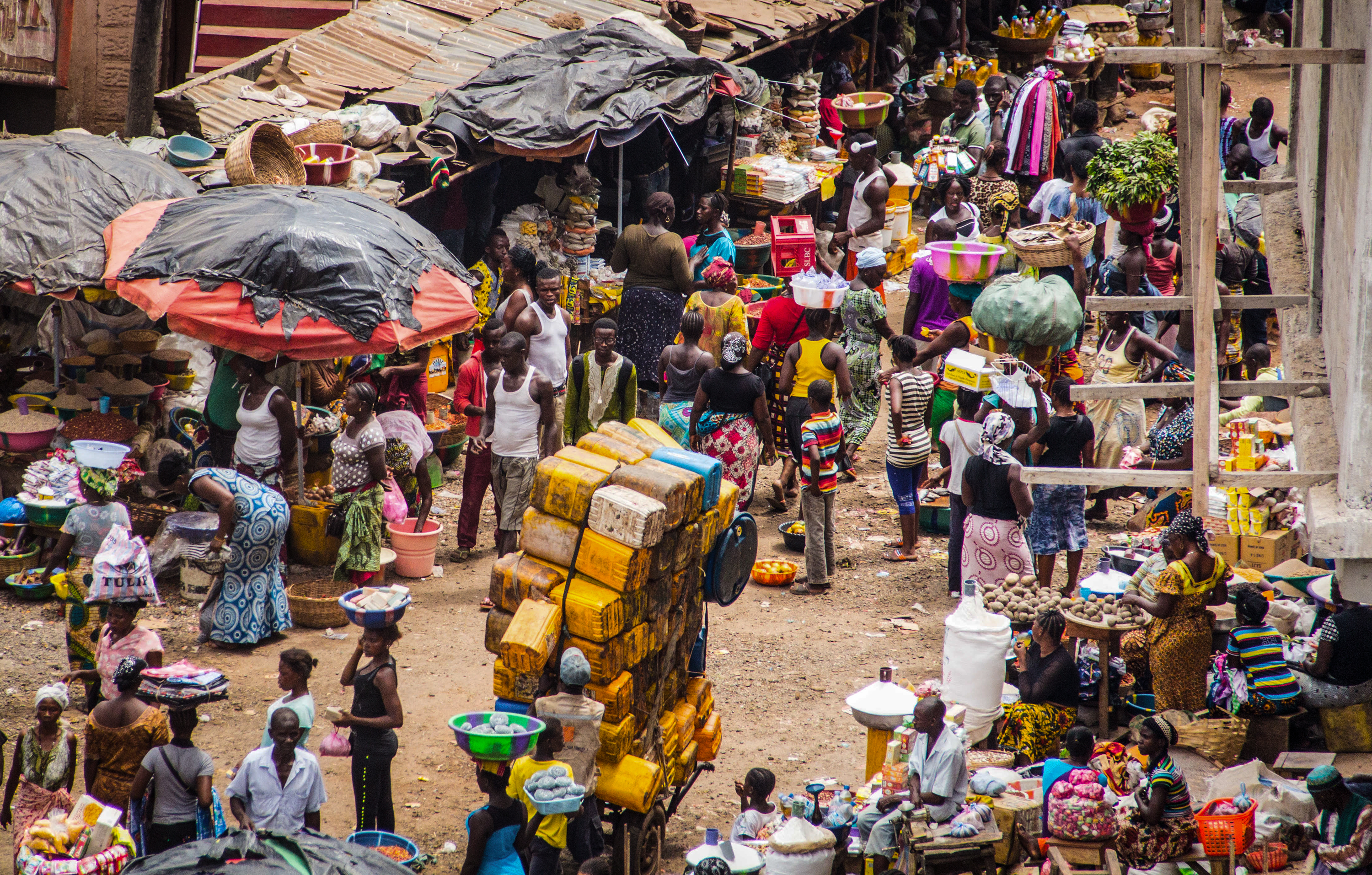
Busy Eagan Street market in Freetown, Sierra Leone.
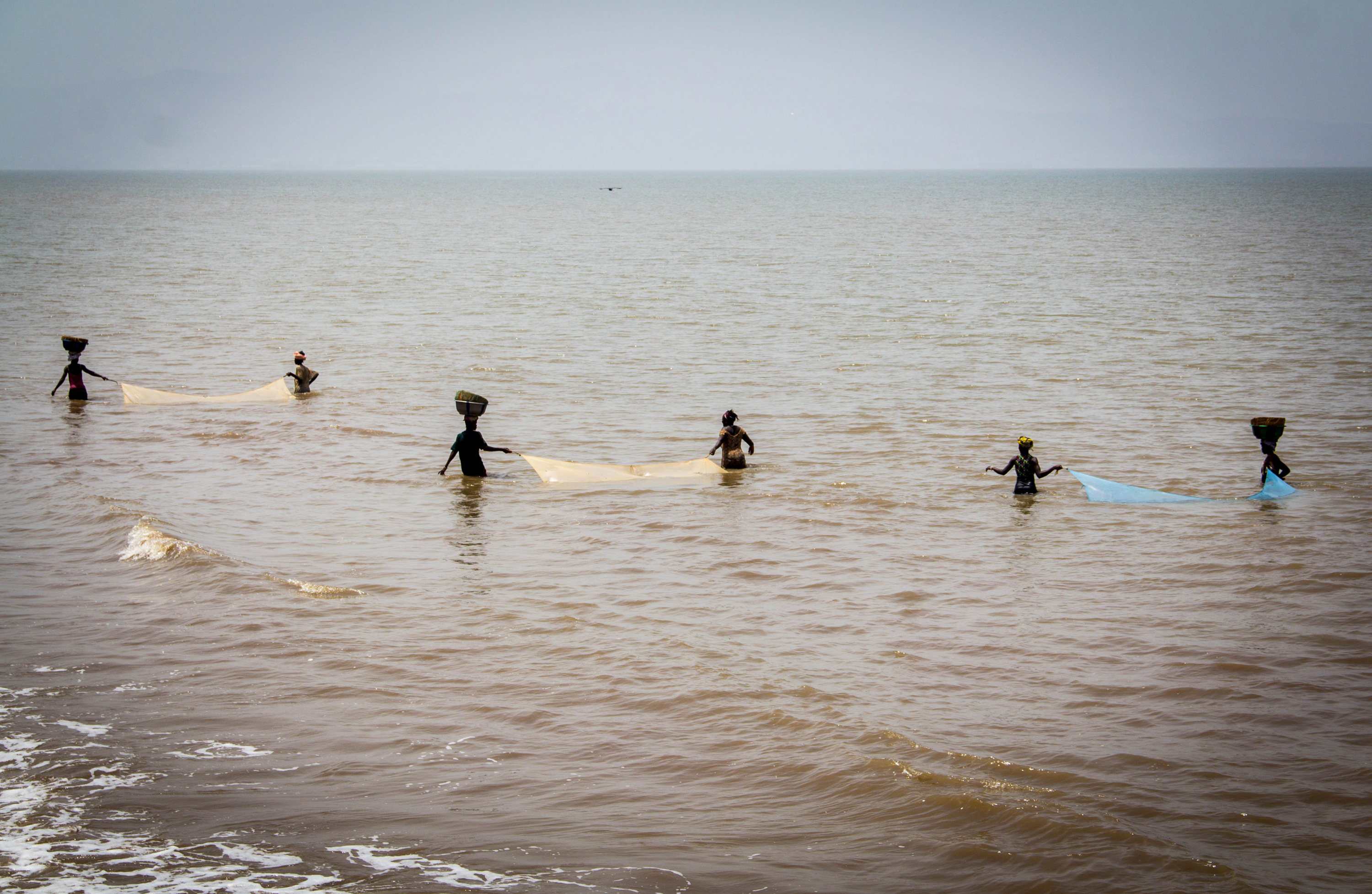
Women fishing in Lungi, Sierra Leone.
To enjoy the full story, become a Member.
Already a Member? Log in.
For $50/year,
+ Enjoy full-length members-only stories
+ Unlock all rare stories from the “Moowon Collection”
+ Support our cause in bringing meaningful purpose-driven stories
+ Contribute to those in need (part of your membership fee goes to charities)
